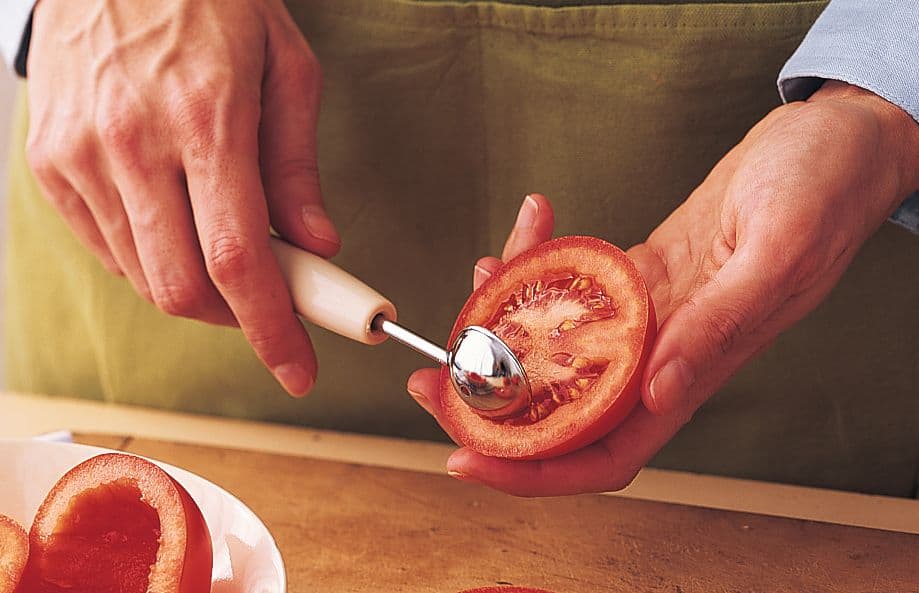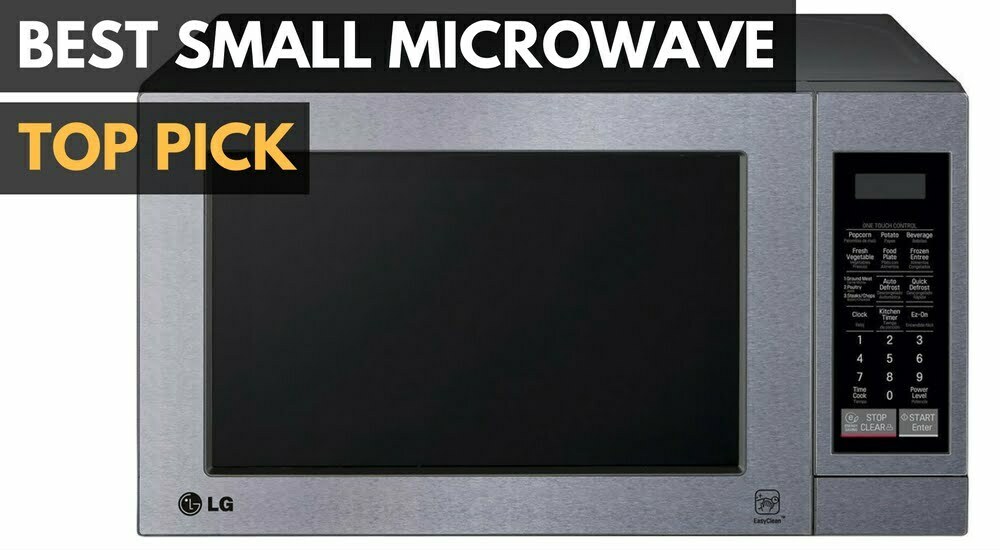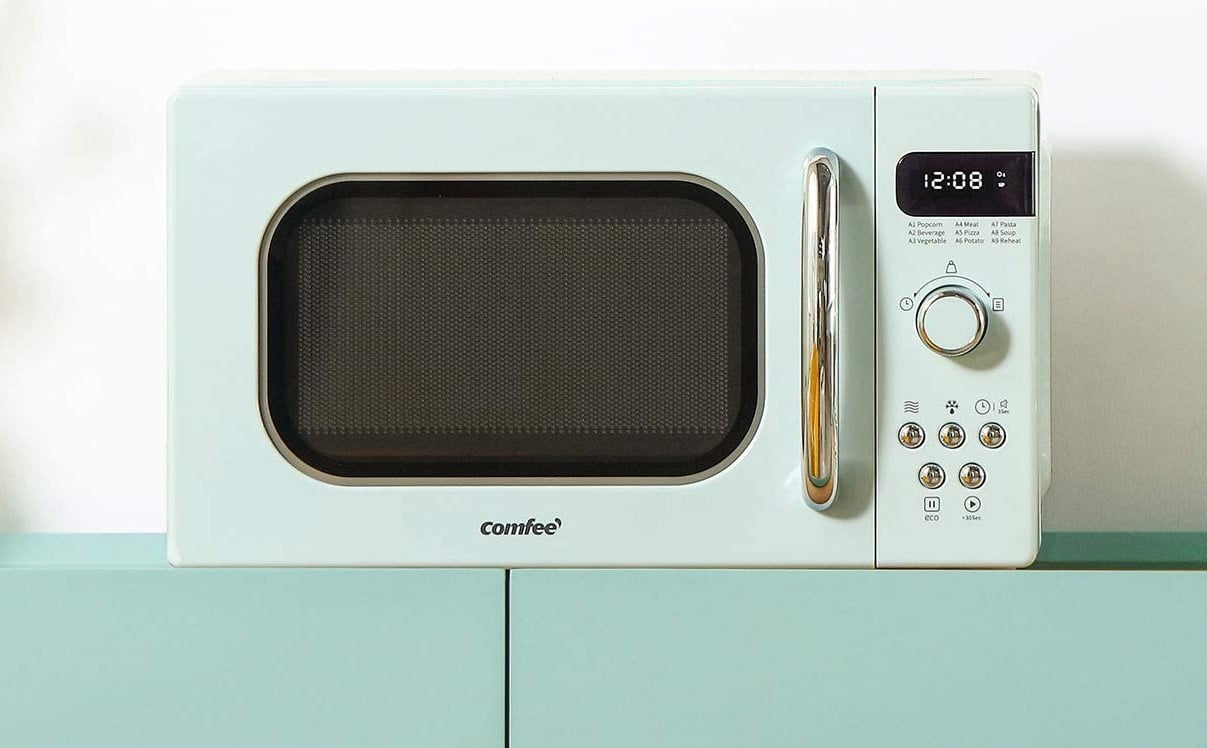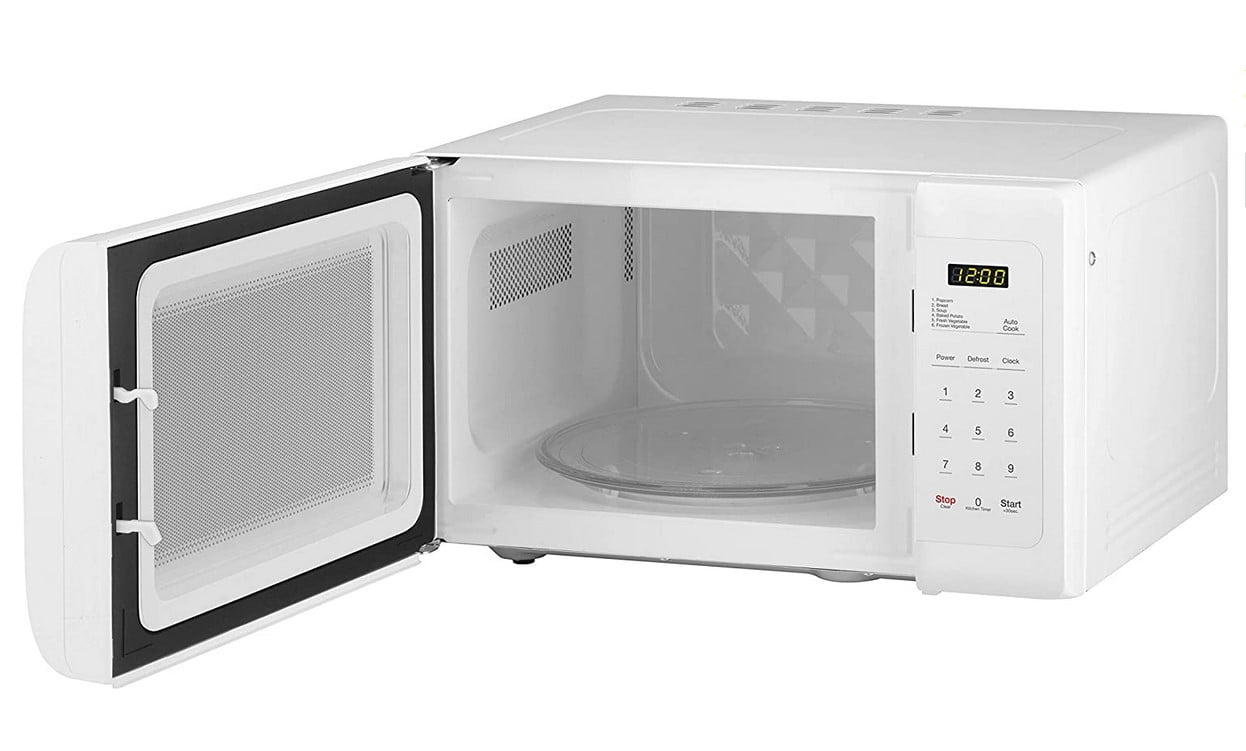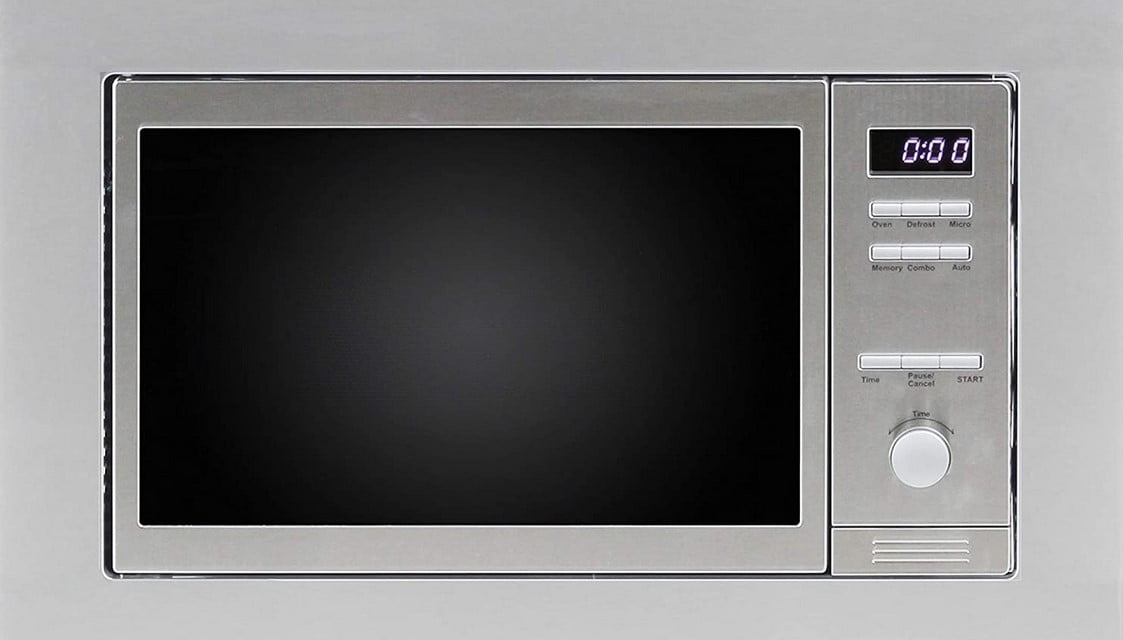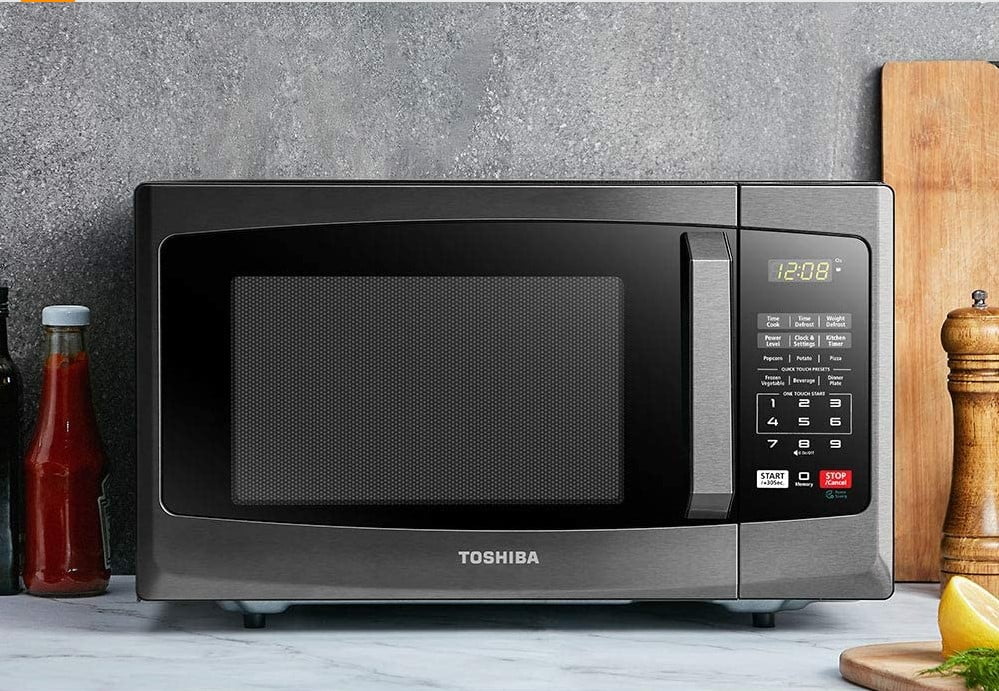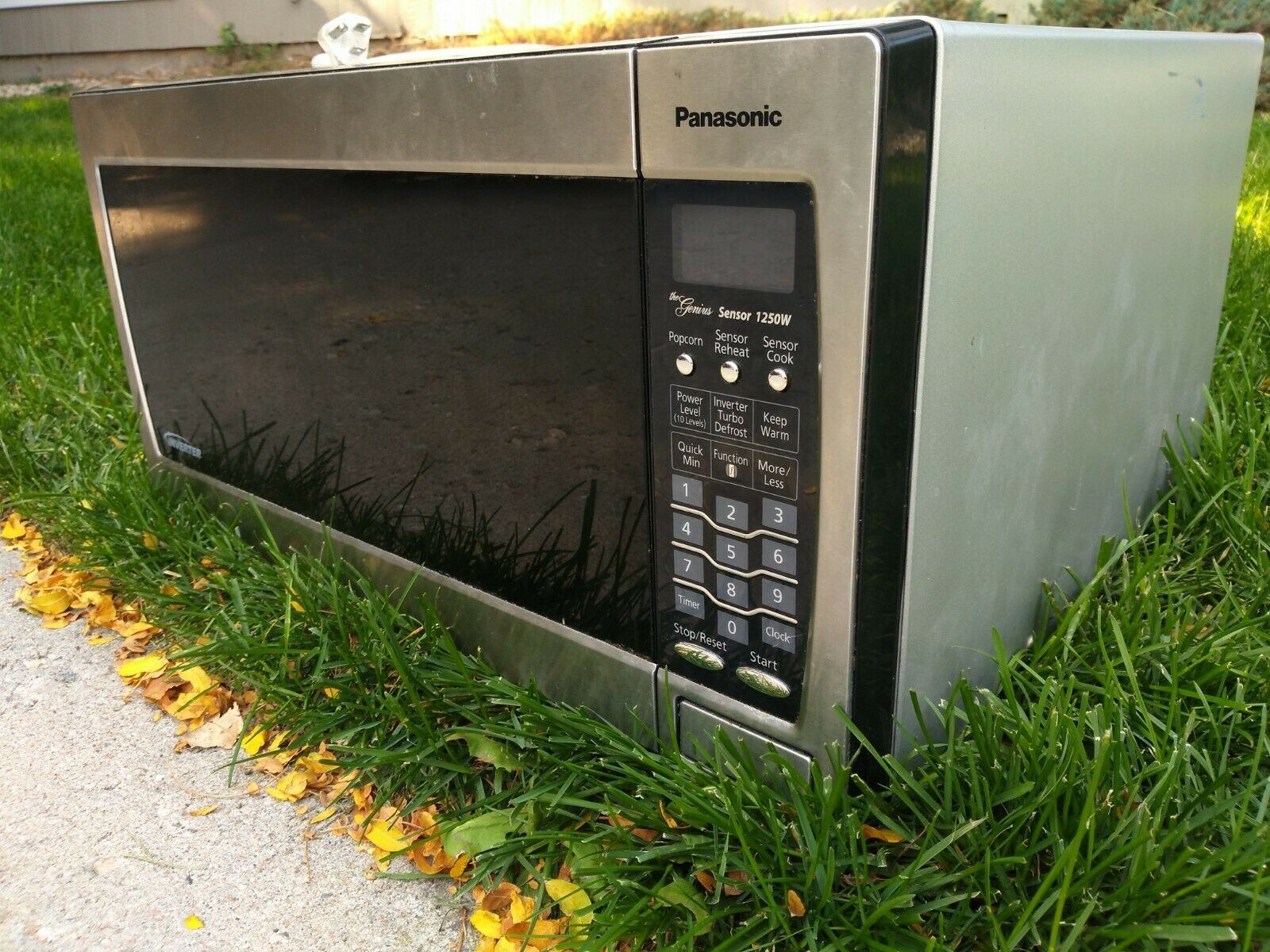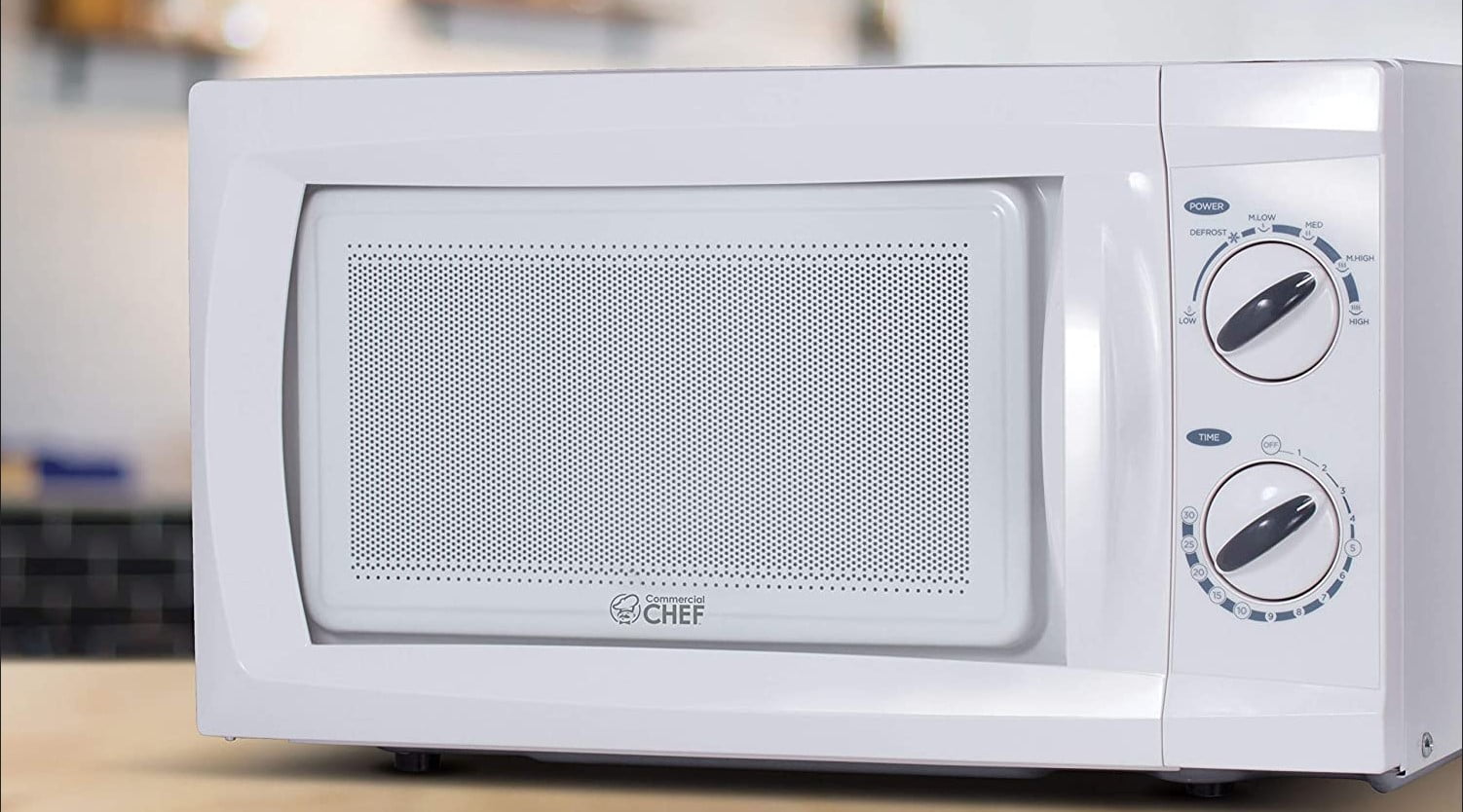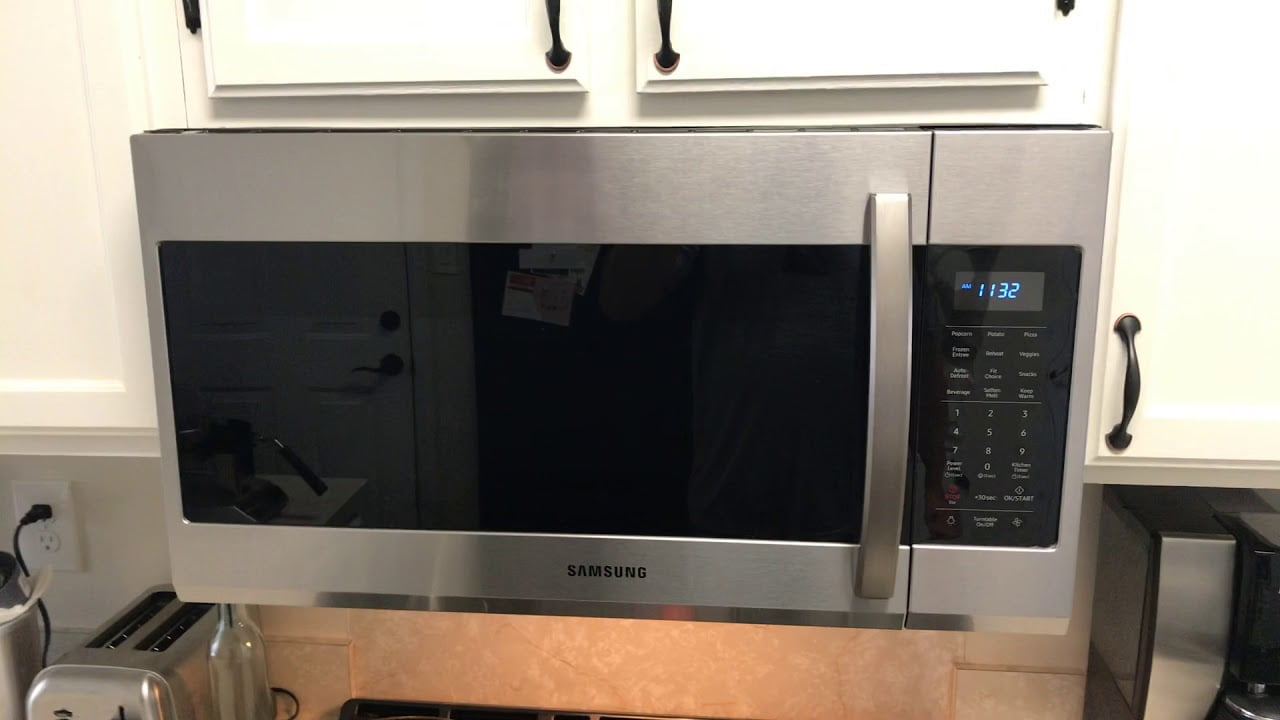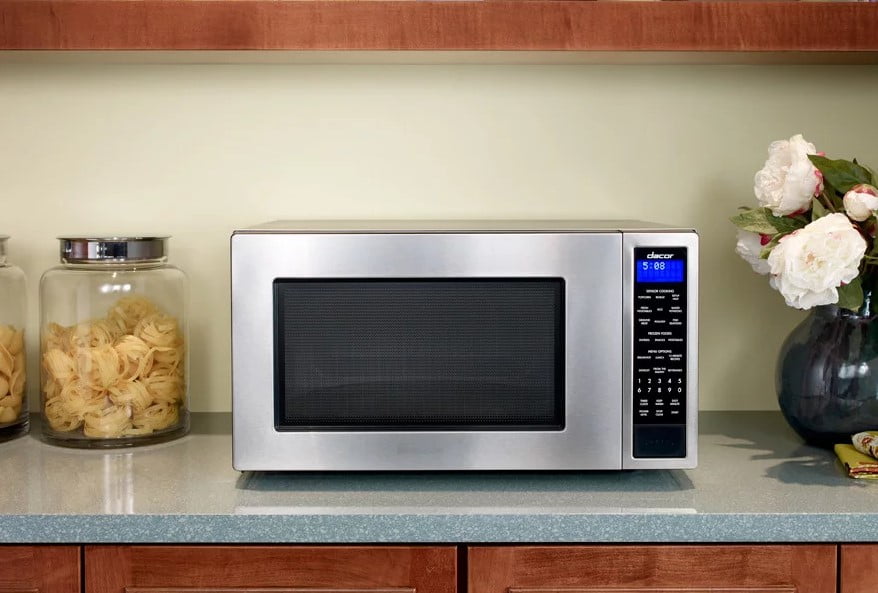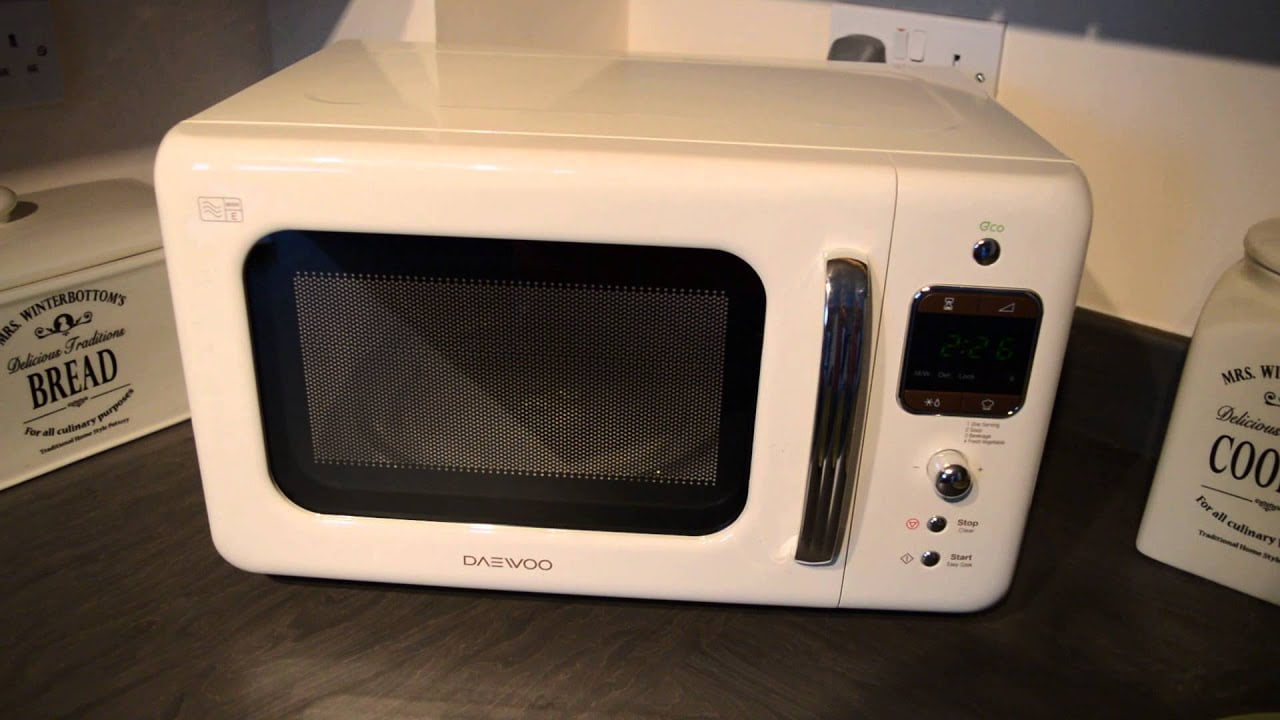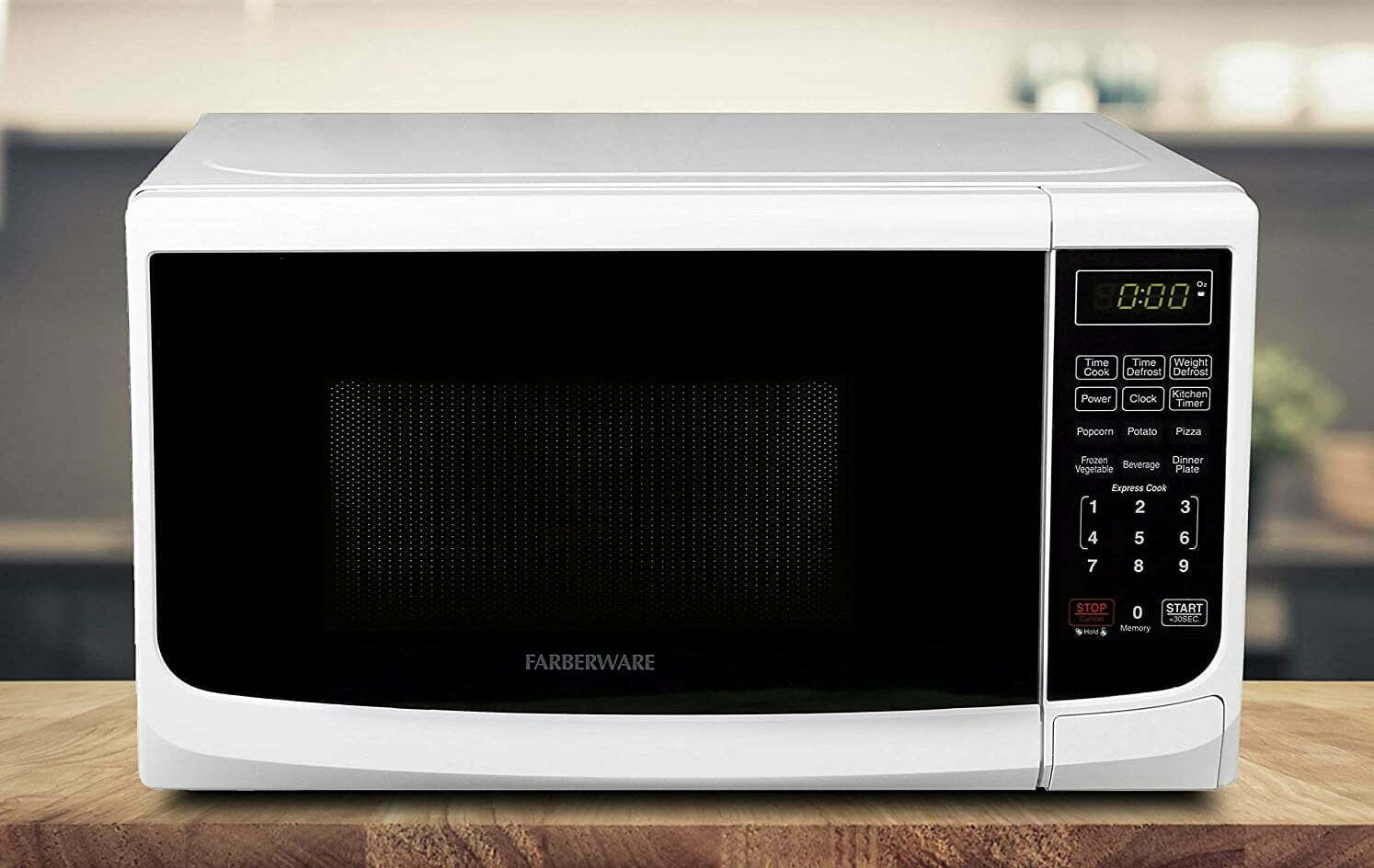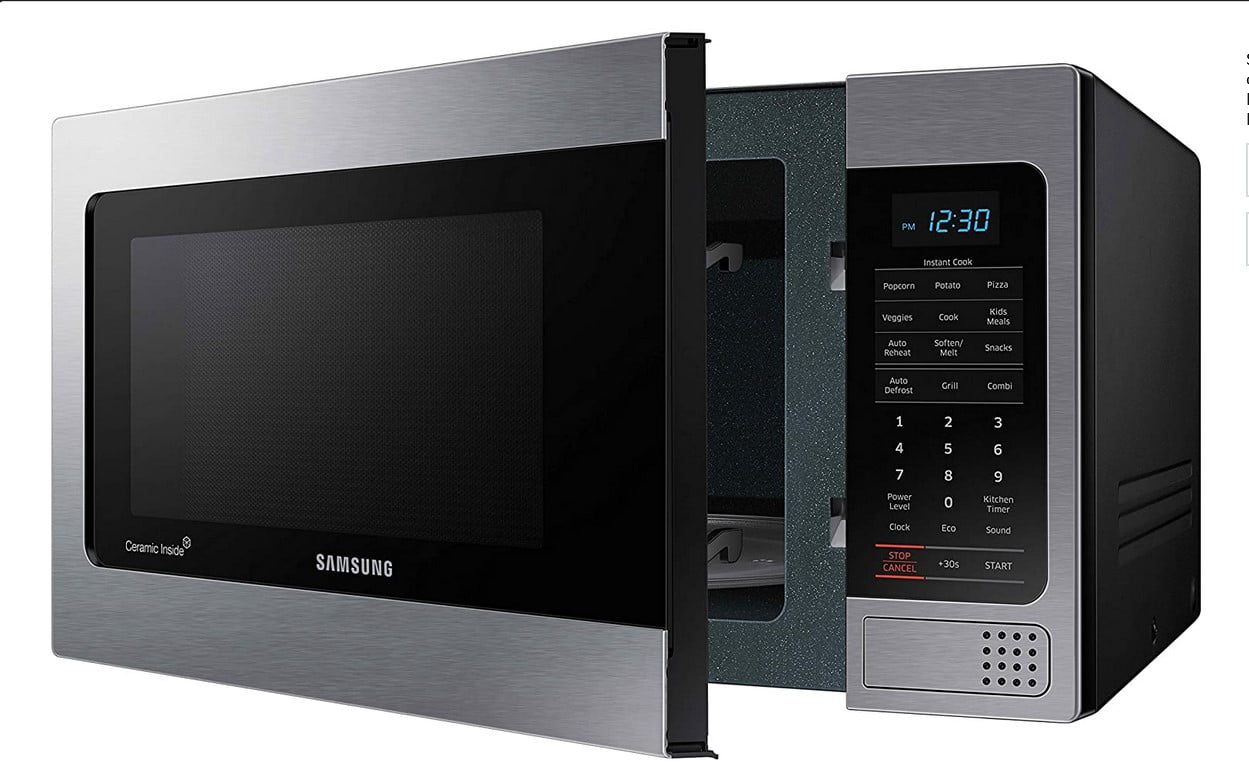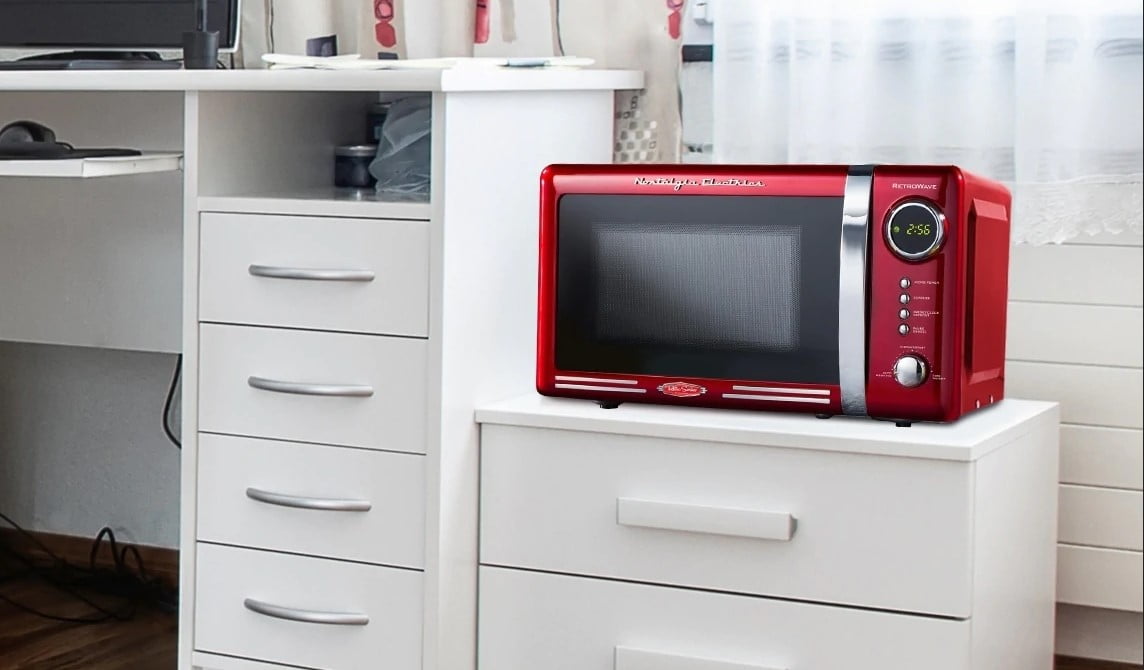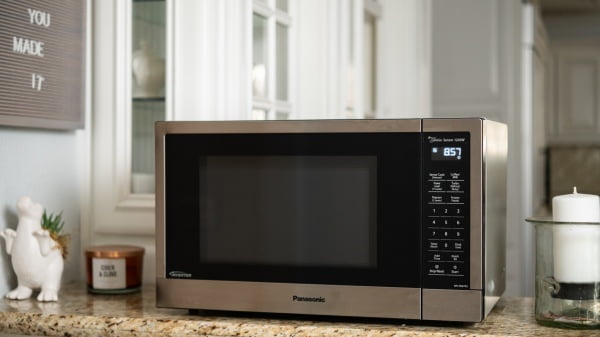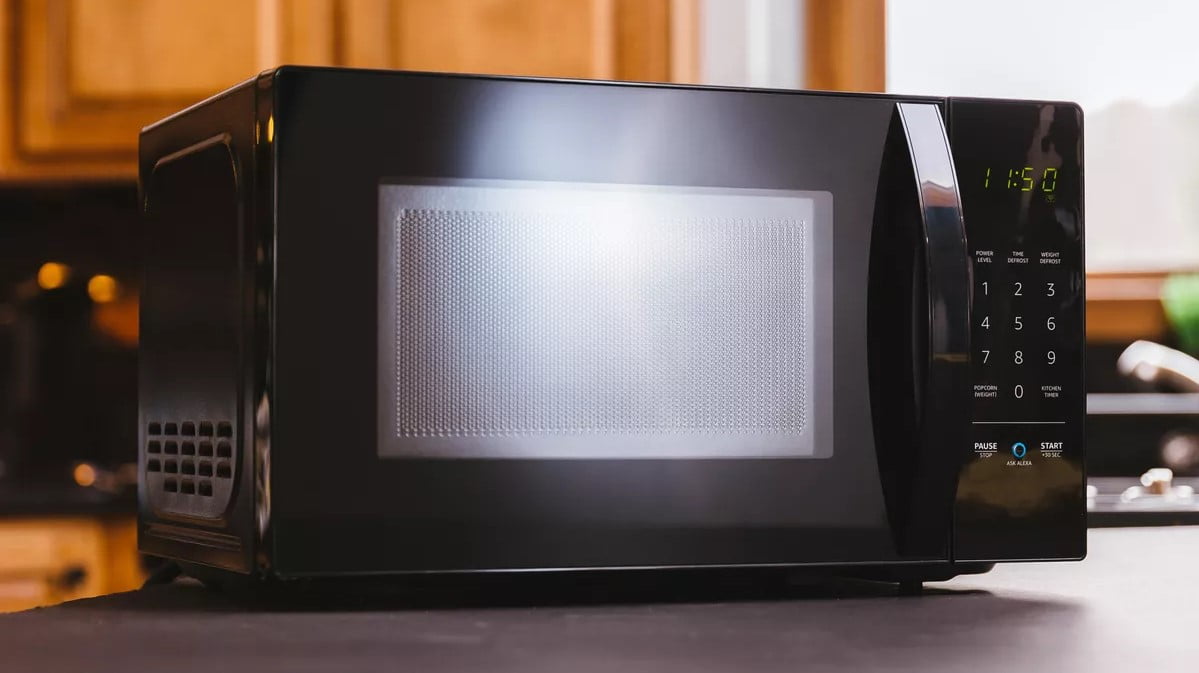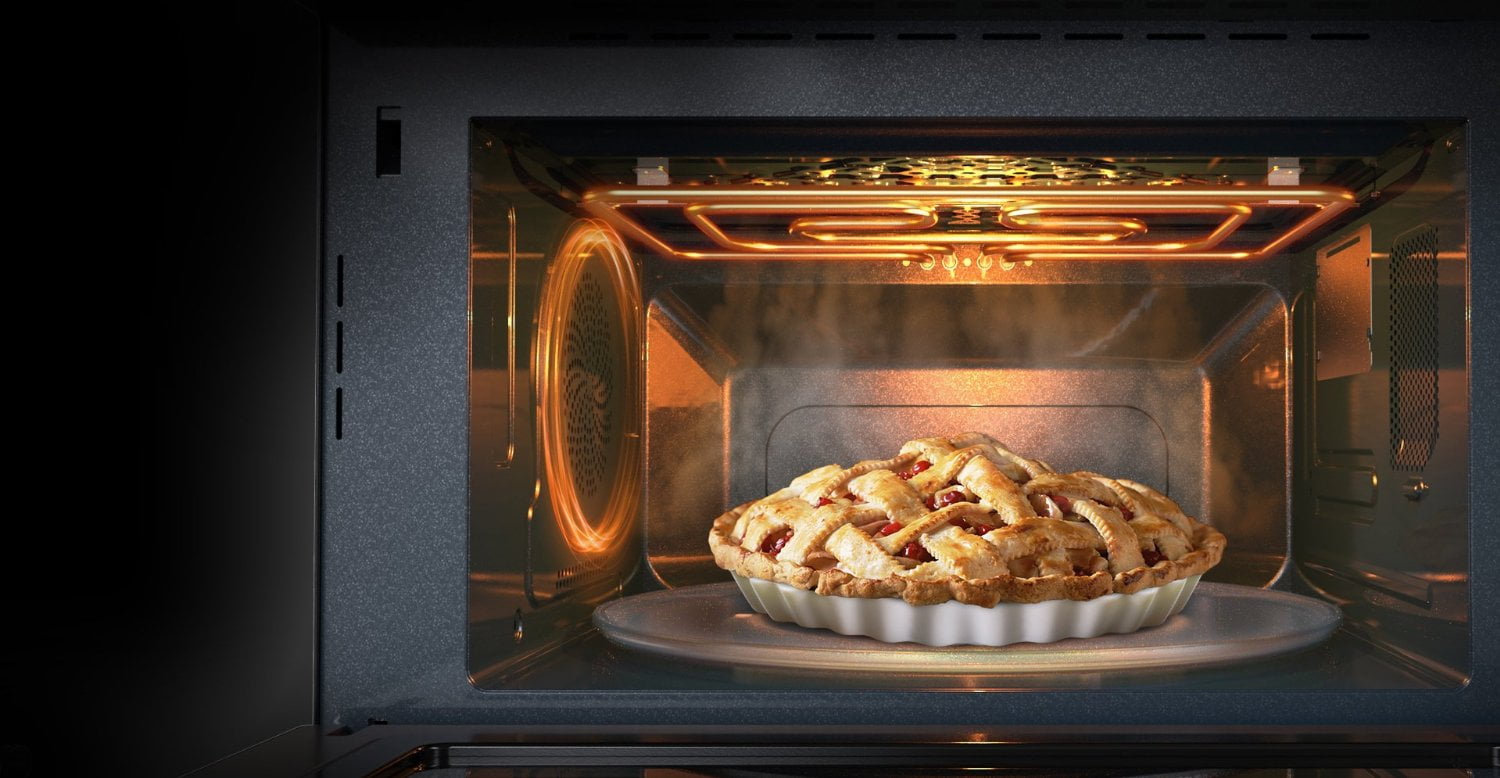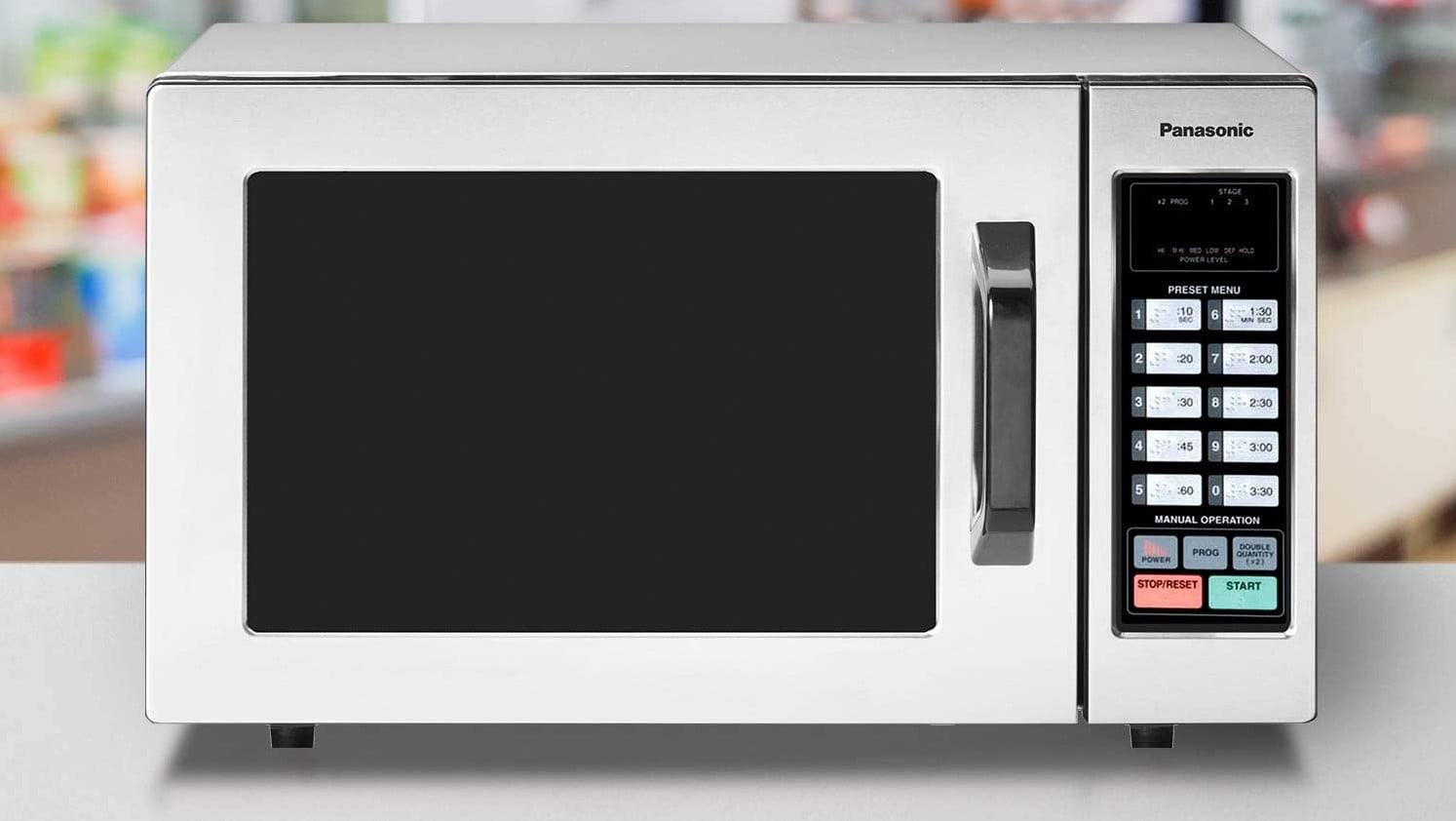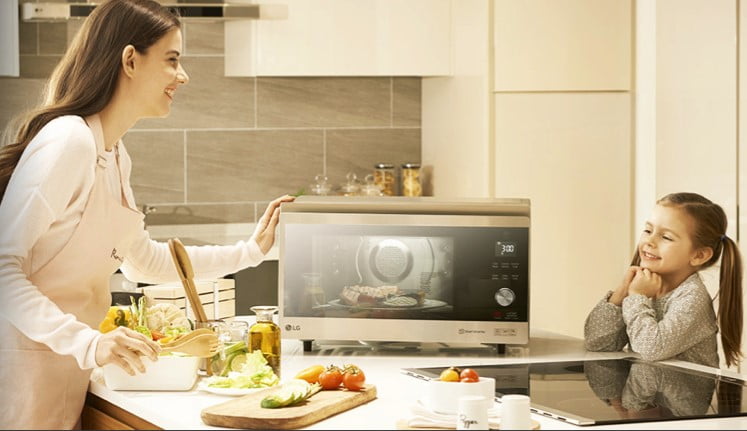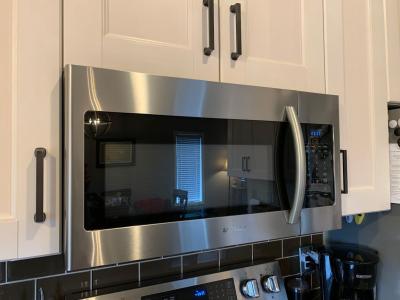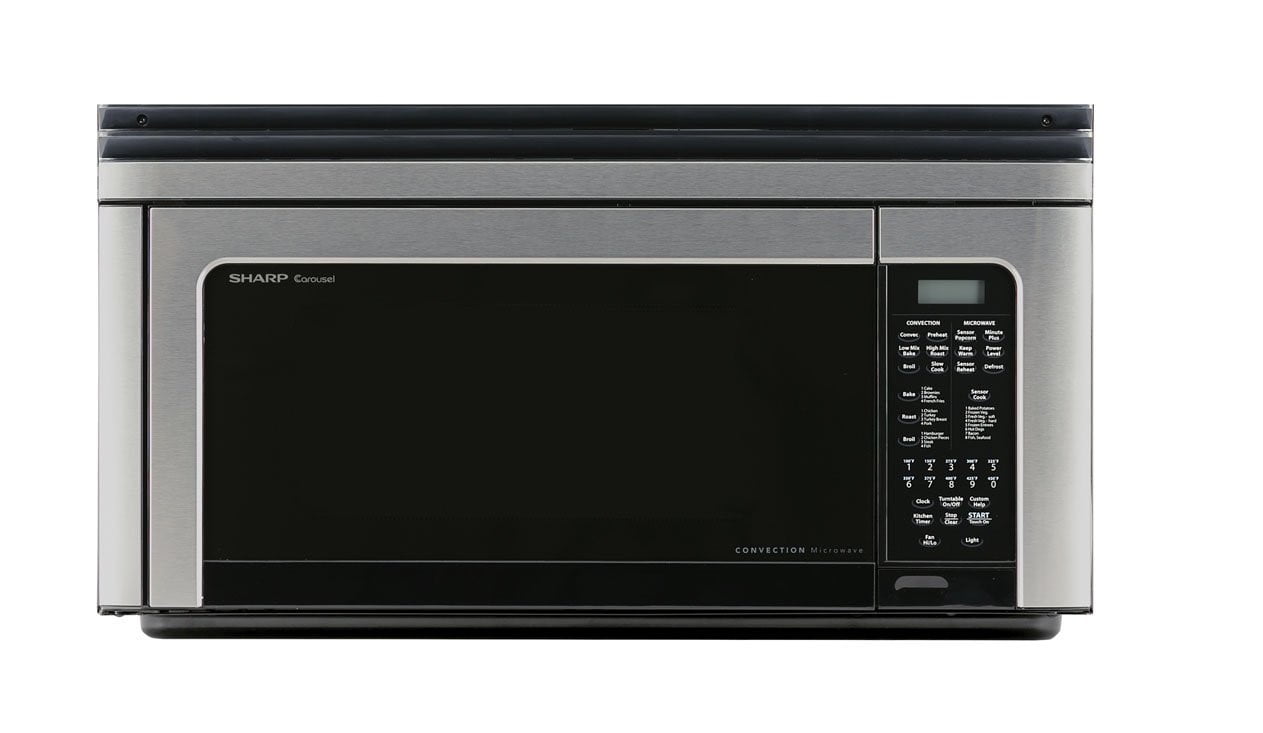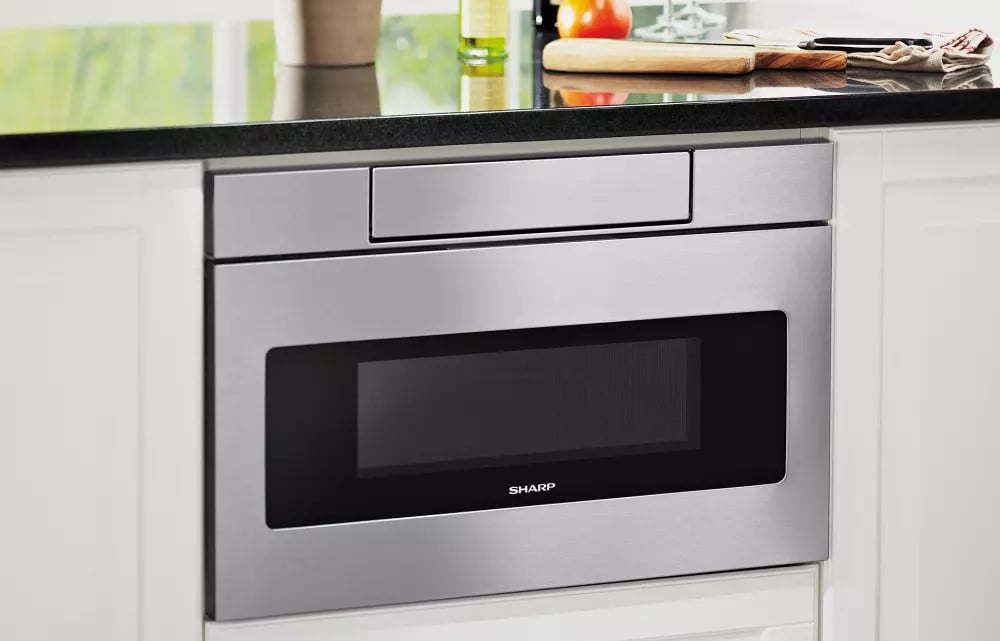Microwave ovens are generally great at heating food quickly so why do microwaves heat unevenly sometimes? Though microwave ovens are easy to use most of the time, there are a few reasons why some dishes don’t cook the way they’re supposed to.
KEY TAKEAWAYS:
- Differences in food density can easily cause uneven heating in microwaves- this is especially common in large cuts of meat or fish- dividing or making thinner cuts or fillets can help.
- Stirring foods regularly and making sure there are no obstructions that keep food from rotating properly can help prevent “cold zones” which also prevent uneven heating.
- Unevenly cooked foods carry a greater risk of causing food-borne illnesses due to bacteria that haven’t been fully neutralized during cooking. The risk is greatest in meats and fish, which can carry very dangerous bacteria.
This can be an issue even in the most advanced and powerful microwaves. Here’s why uneven heating can happen and how to avoid it.
How Microwaves Heat Food
Microwave ovens are so named because they heat food by sending high-frequency electromagnetic waves (a “micro” wave) to the polar water molecules in food products or liquids, heating the food as they do. This is a bit different than how it works in most conventional cooking appliance types, which heat food indirectly with heating elements that are components of the oven.
Insider Tip
Stirring food intermittently while cooking and making sure food is placed evenly and food densities are distributed evenly will help to ensure food isn’t heated unevenly.
This process also requires more power than most heating methods, which means understanding electrical issues like what size breakers to use for a microwave is essential for that safe use. Understanding basic electrical repairs like dealing with a failed microwave fuse may also be of interest if you’re handy.
This is why the misconception that microwaves “heat food from the inside out” exists- since foods tend to contain more water near their center. That’s also one of the reasons why food winds up being cooked unevenly in them.
Why Microwaves Heat Food Unevenly
There are several common reasons for food heating unevenly in microwave ovens.
Cold Zones
Cold zones, cold spots, or cool spots form when microwaves inside the cooking compartment run into each other, canceling each other out, and preventing the heating of polar water molecules in that area.
Unfortunately, it’s difficult to completely avoid cold zones from forming, especially with frozen food or anything that may contain chunks of ice, but you can reduce or effectively negate their presence by making sure of the following:
- Make sure your food hasn’t stopped rotating on the cooking base, either because of some blockage or a malfunction in the rotating motor
- Make sure your food is placed properly on the dish and rotating plate and that it’s not tipping over, and do not wrap in a paper towel unless cooking instructions indicate it.
Varying Food Density
Foods that have different densities that are cooked together can often heat unevenly, and even a single food item can have different densities in different parts, especially if a dish involves multiple ingredients- that’s why sometimes when defrosting meat, you can accidentally wind up cooking the sides while the center remains frozen.
To help prevent this:
- Distribute pieces of food evenly on the dish and as a rule of thumb, try not to cook foods of very different densities simultaneously.
Don’t attempt to fully defrost very large cuts of meat or fish, instead, you might divide a piece of meat into smaller pieces or thinner cuts, or partially defrost larger pieces or thicker pieces in the microwave and allow to fully defrost covered at room temperature.
Additional Tips to Keep Food Heating Evenly
Paying attention to the above potential issues will help prevent uneven cooking, but there are some additional tips to follow that will also help:
- Stir food regularly- this helps keep food density distributed more evenly. You can interrupt the heating process to stir food a little more often than you would on a stovetop or in an oven because of the way microwaves heat food.
- Use a food thermometer on meat and fish to test internal temperature if you’re concerned about safely cooking them.
- Let your meal sit after cooking. Leaving dishes of food to sit for several minutes after cooking will allow heat to disperse somewhat in your food, allowing colder spots a little more chance to cook or at least warm without overcooking hot spots.
Warning
Making sure food is heated evenly is essential to preventing food-borne illnesses that can result from bacteria that haven’t been killed off during the cooking process, especially with meats and fish.
F.A.Q.S
How does power level affect how food is cooked?
Lower power level settings in microwaves don’t actually mean that less power or microwave energy is being used by the microwave- what it means is that the microwave is cycling on and off in order to apply less heat over the same amount of cooking time.
What materials are microwave-safe?
Glass and ceramic containers are generally microwave-safe unless their packaging explicitly says otherwise, but for other materials, especially paper, and plastic, you can only really be sure it’s safe if the packaging actually says that it’s microwave safe. Lastly, metal materials are never microwave-safe.
What are the dangers of unevenly heated food?
Making sure food is heating evenly is key to making sure any bacteria in the food is killed during the cooking process. This is especially important when cooking raw meat or fish or even frozen meat, all of which can contain especially harmful bacteria that can cause a person serious illness.
STAT: 71% of Americans use microwaves to heat packaged foods on a regular basis. (source)
REFERENCES:
- https://www.youtube.com/watch?v=V8xXBYDd6rs&ab_channel=RachaelRayShow
- https://pubmed.ncbi.nlm.nih.gov/7047080/
- https://www.youtube.com/watch?v=vAveDY9CmGg&ab_channel=RodneyDicksonr
- https://en.wikipedia.org/wiki/Microwave_oven
- https://www.ncbi.nlm.nih.gov/pmc/articles/PMC3547058/
- https://www.tandfonline.com/doi/full/10.1080/09712119.2019.1624553

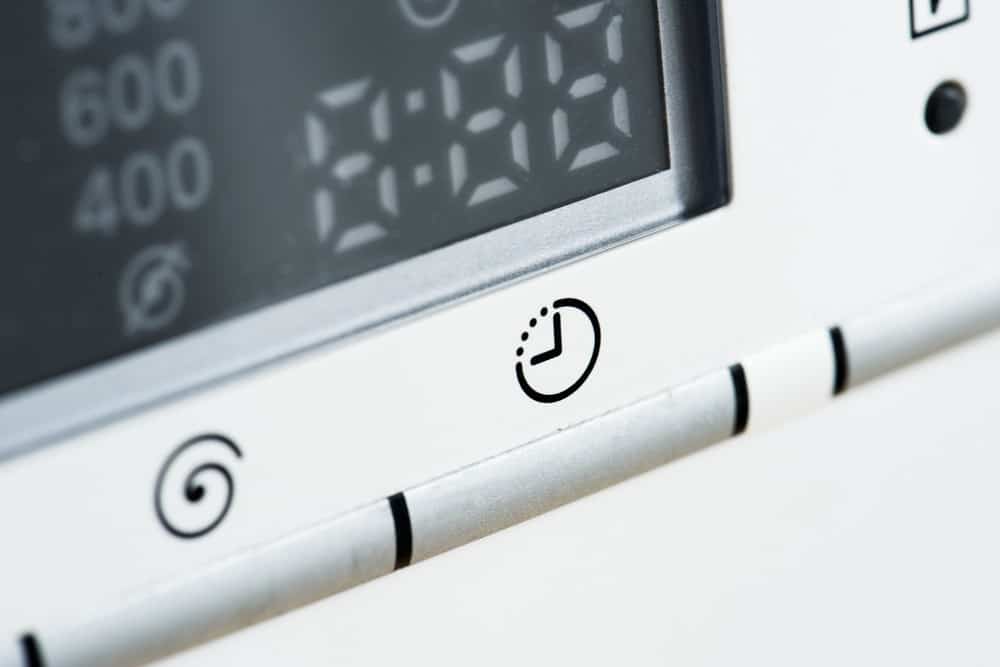













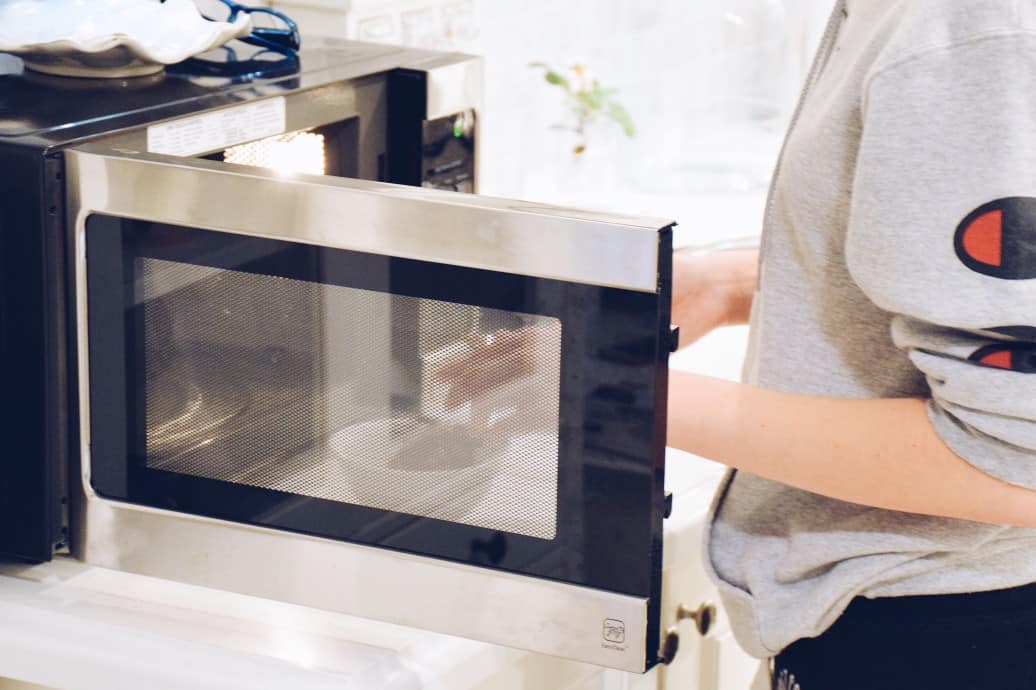
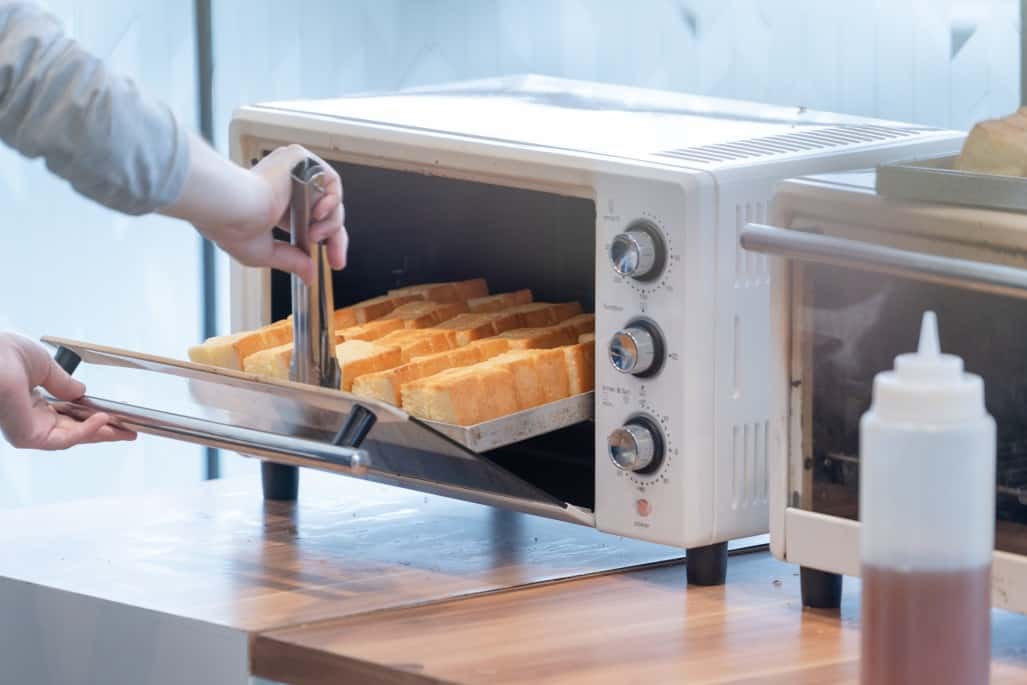
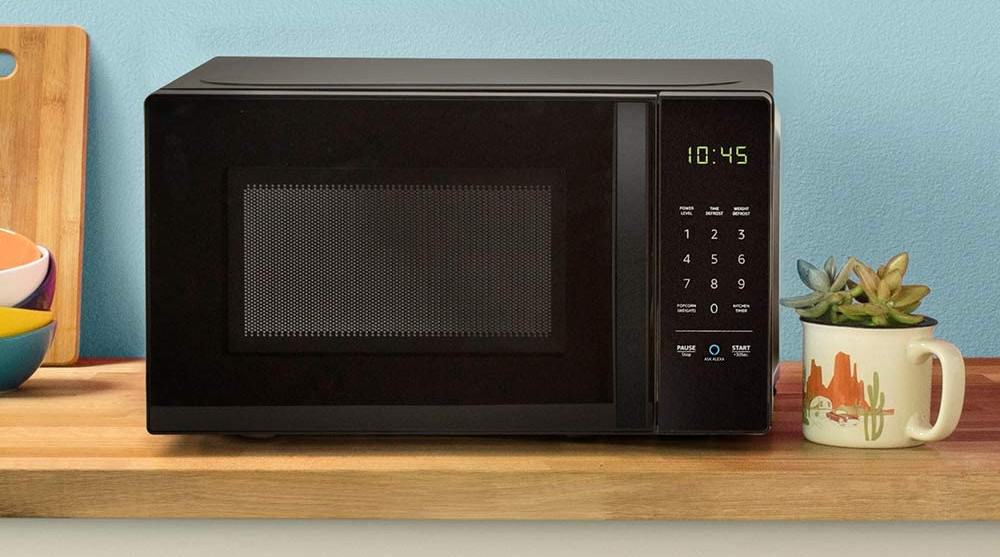
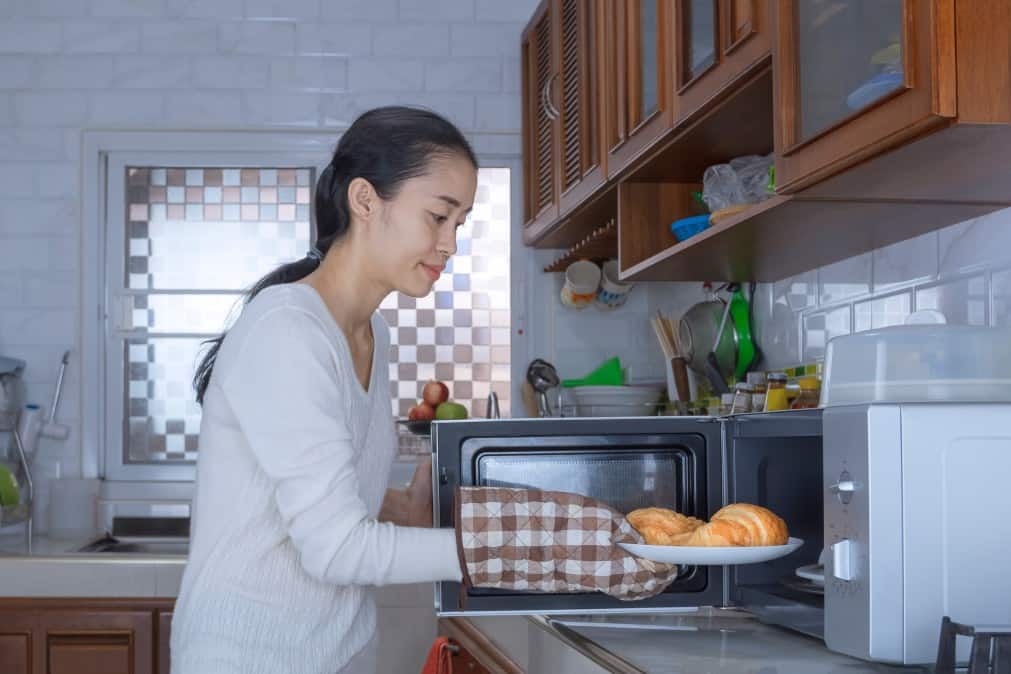
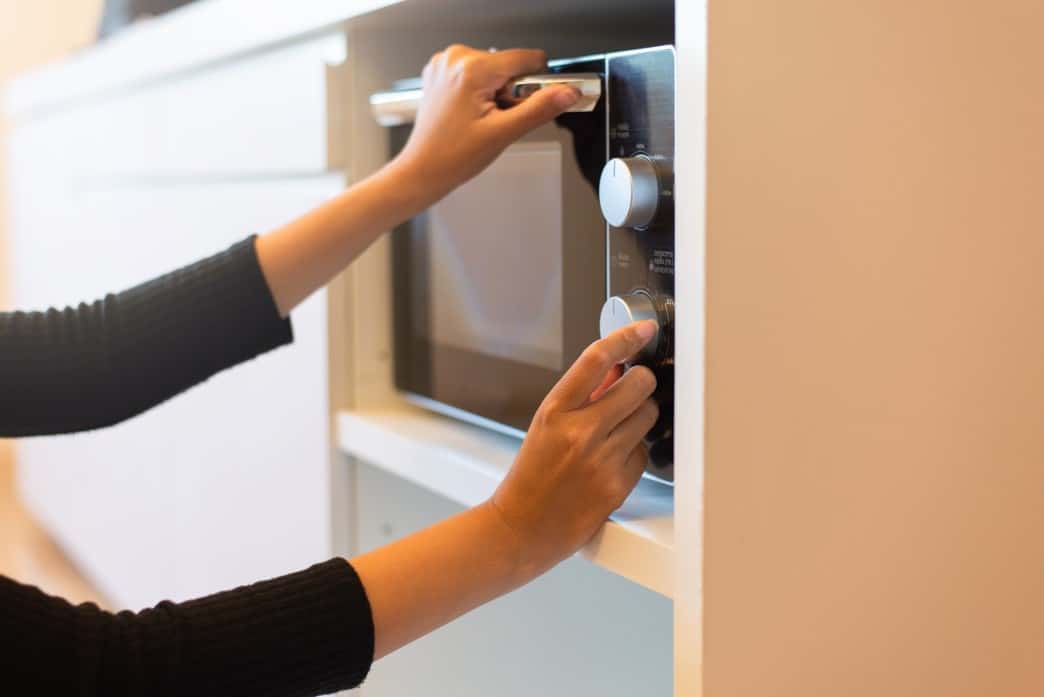
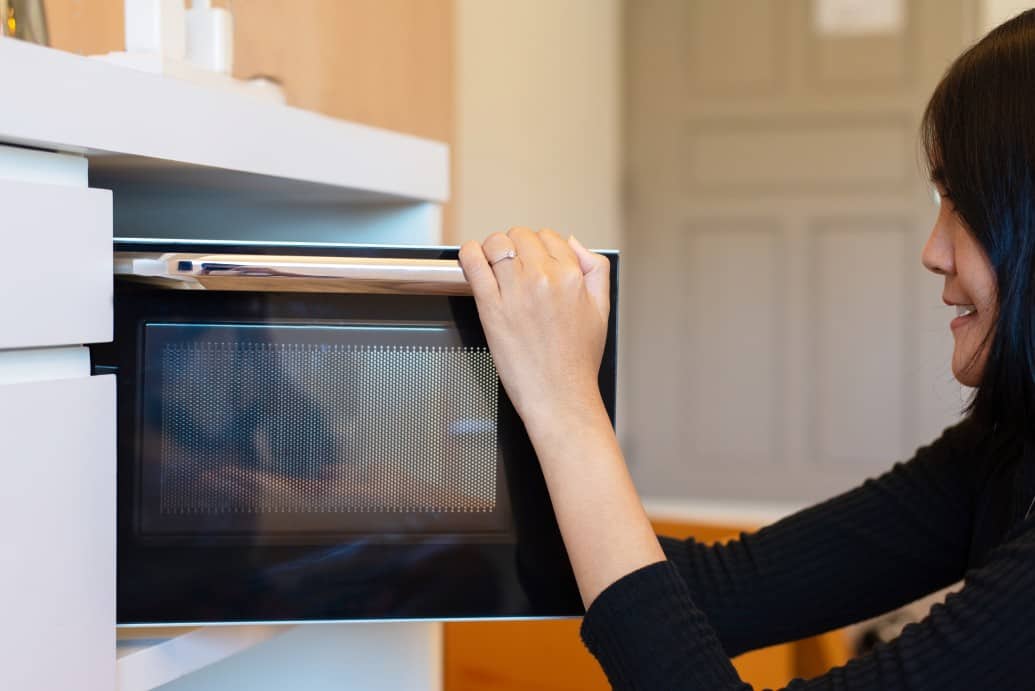
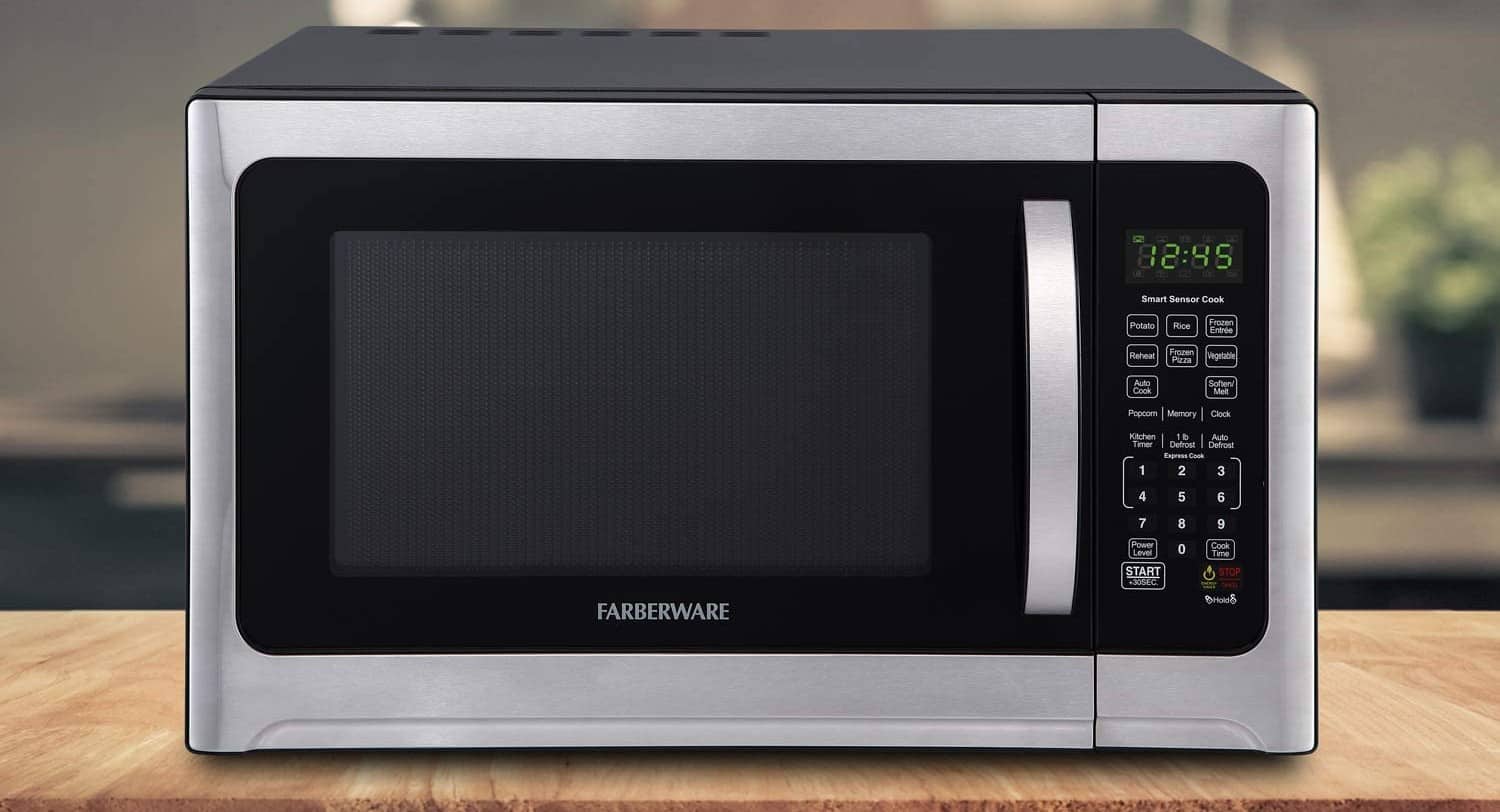
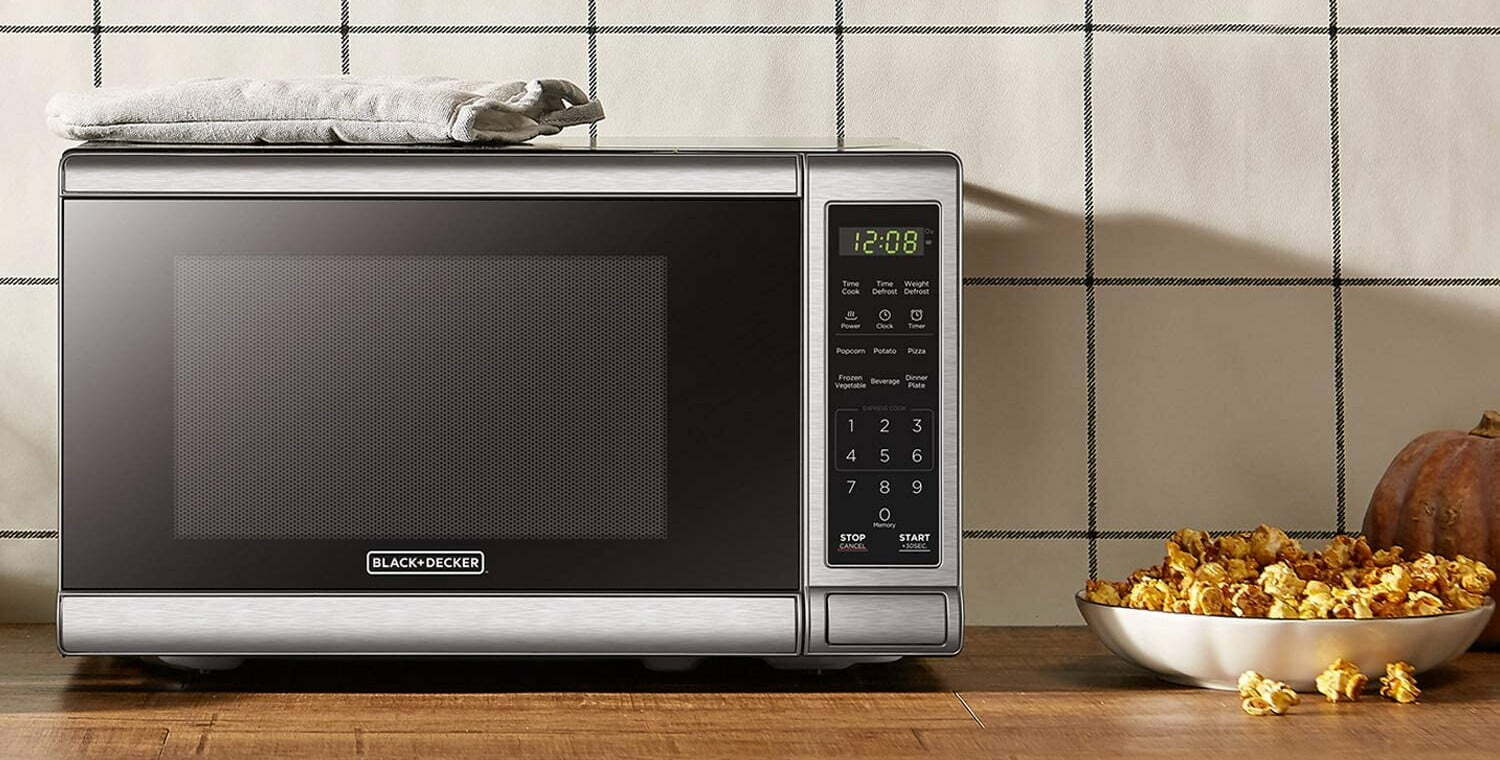
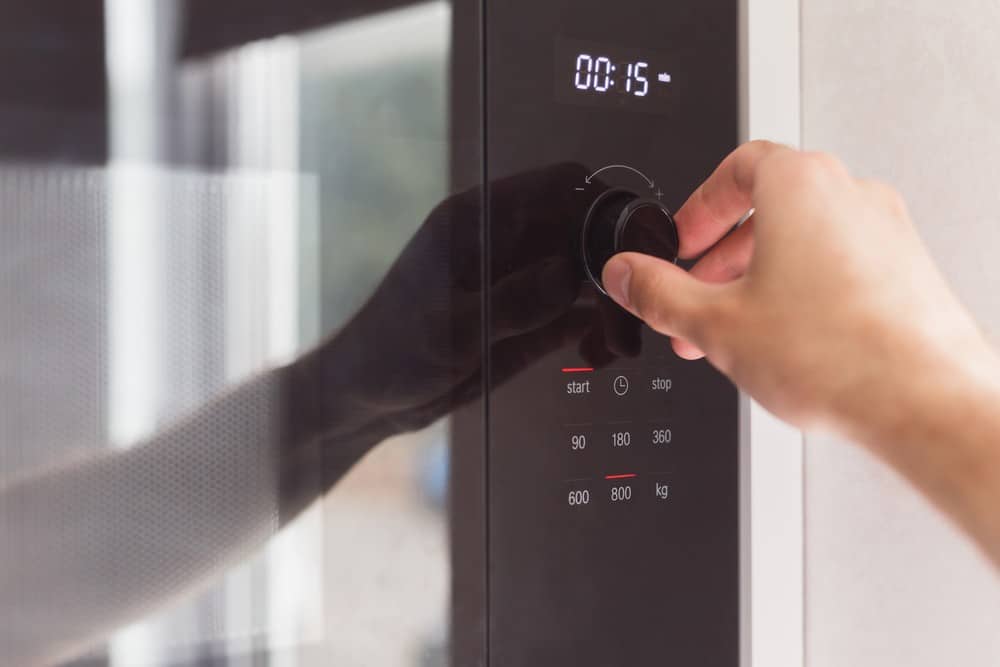
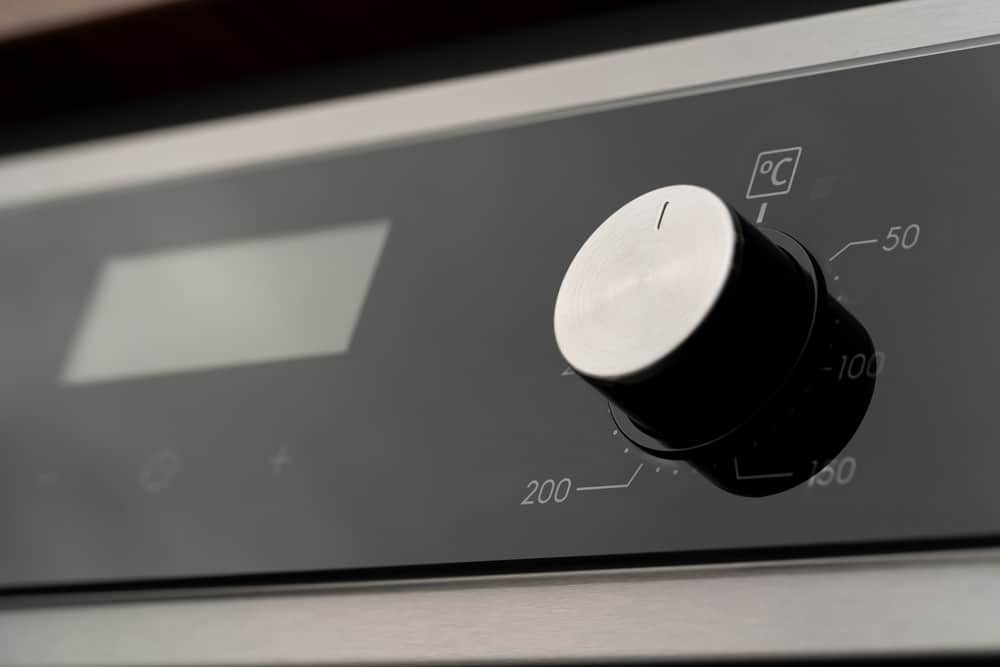
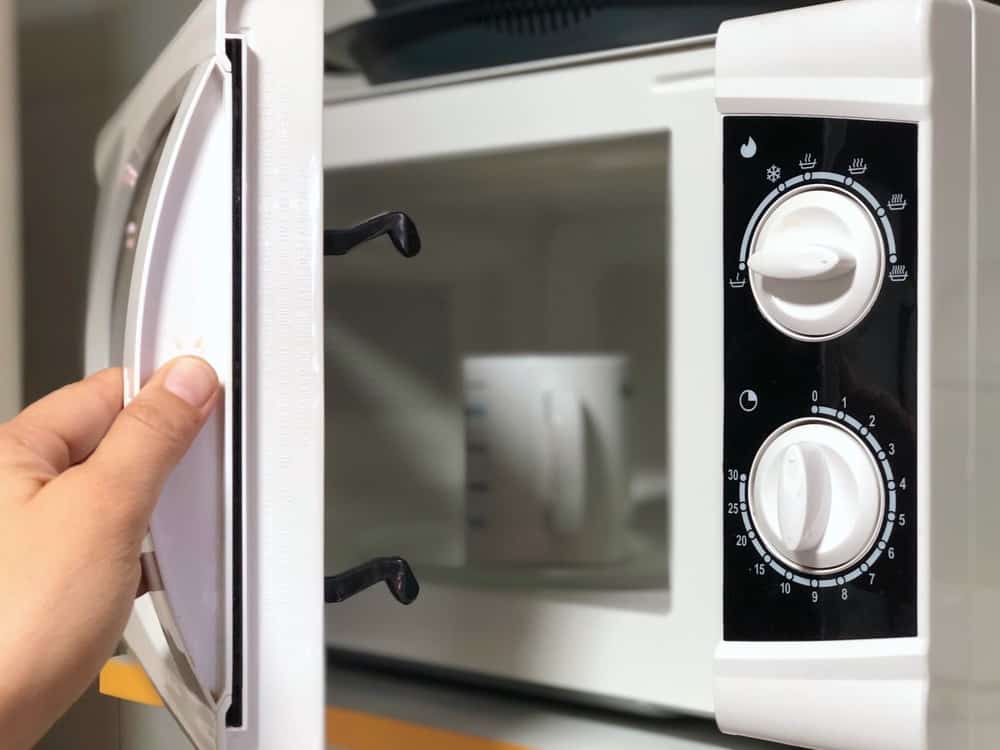
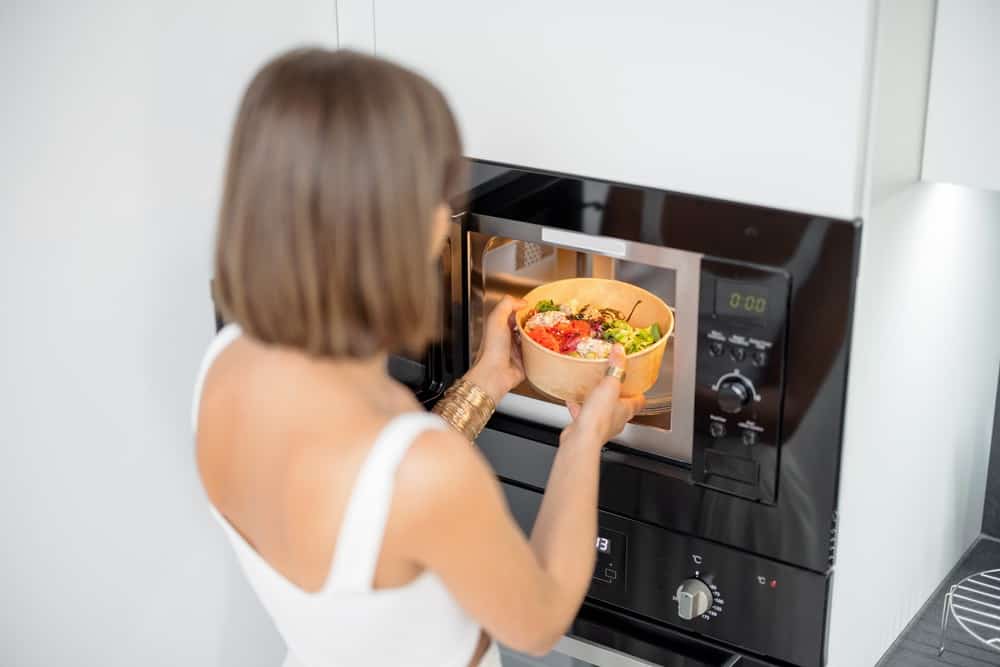
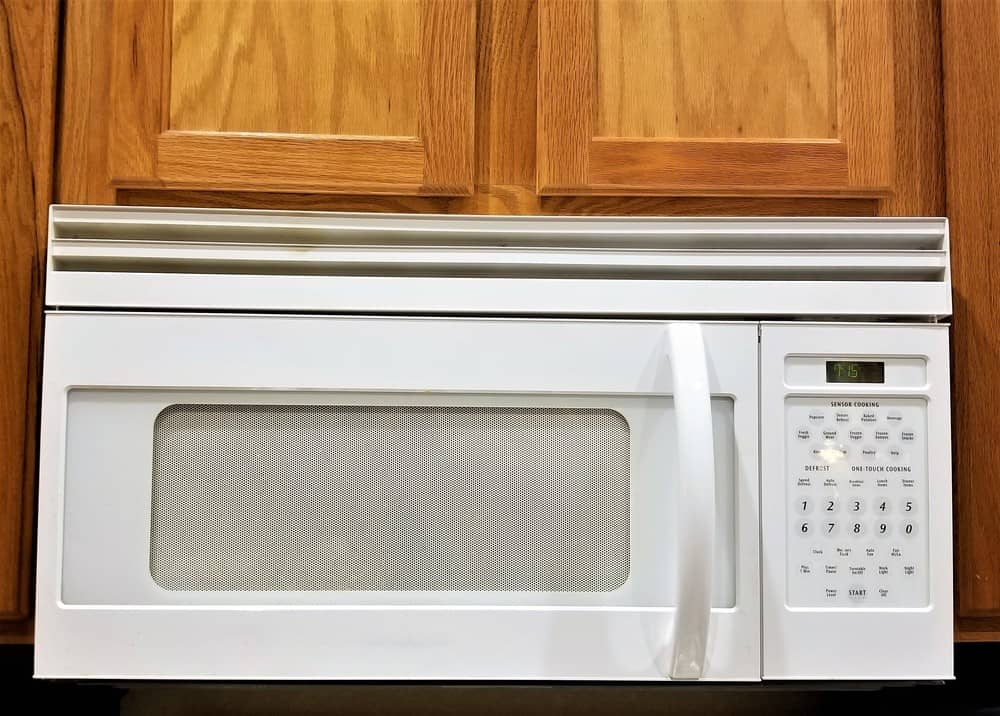
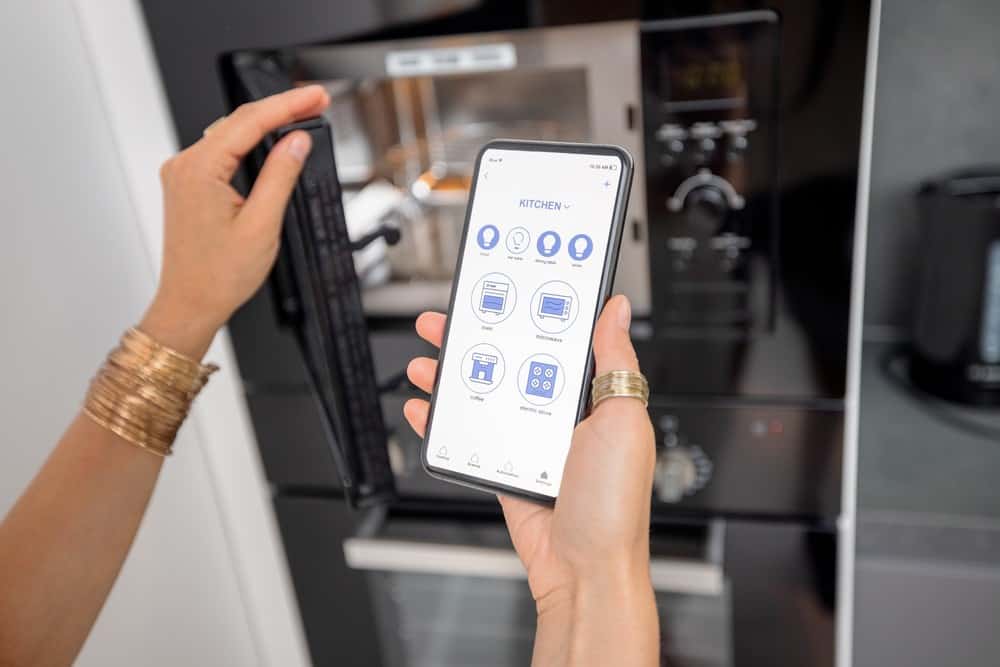
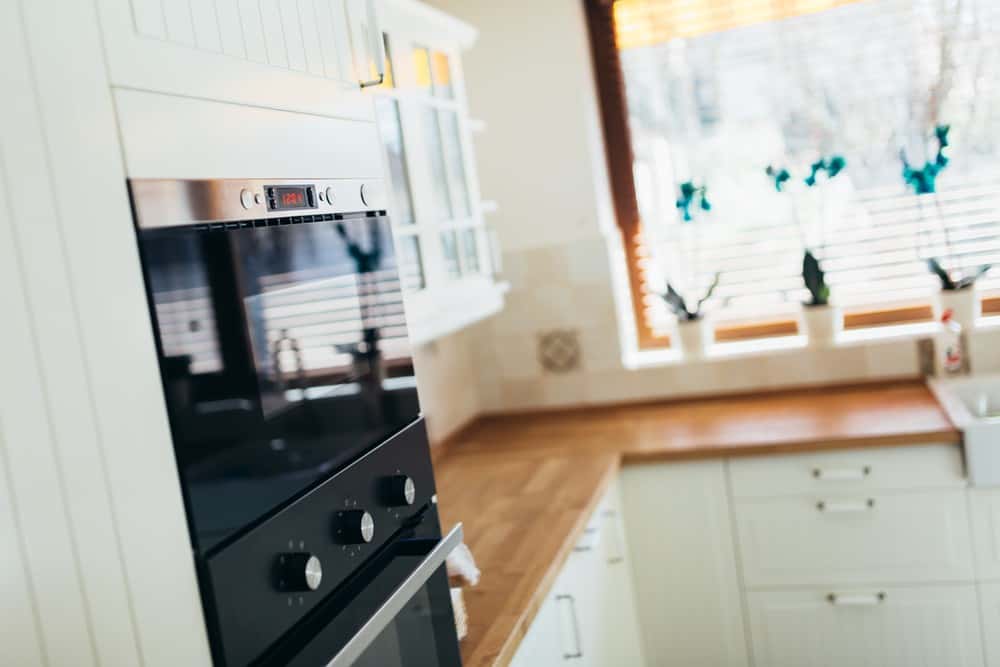
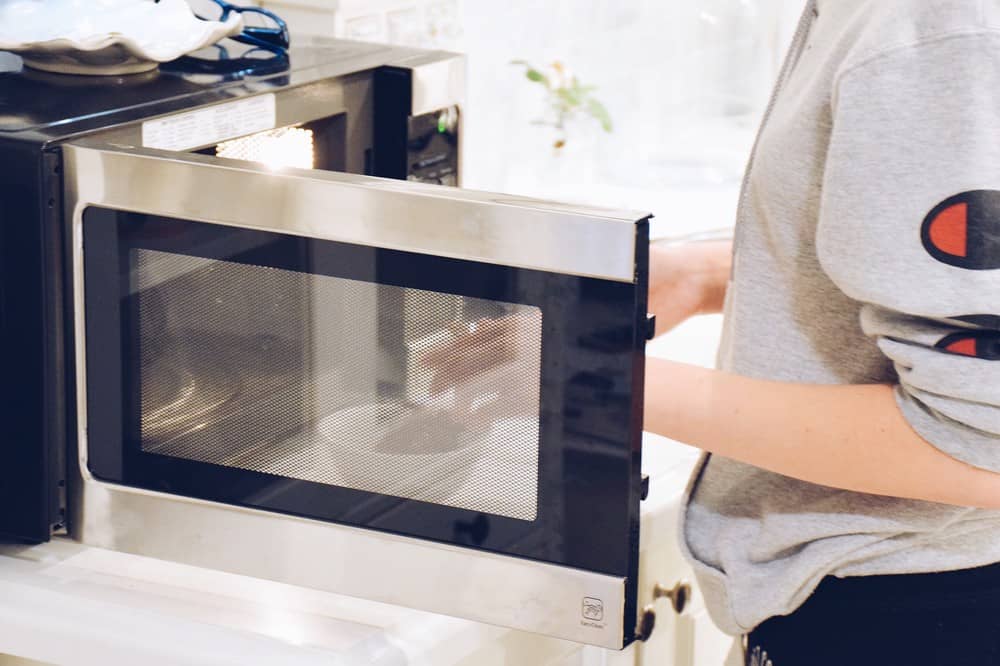

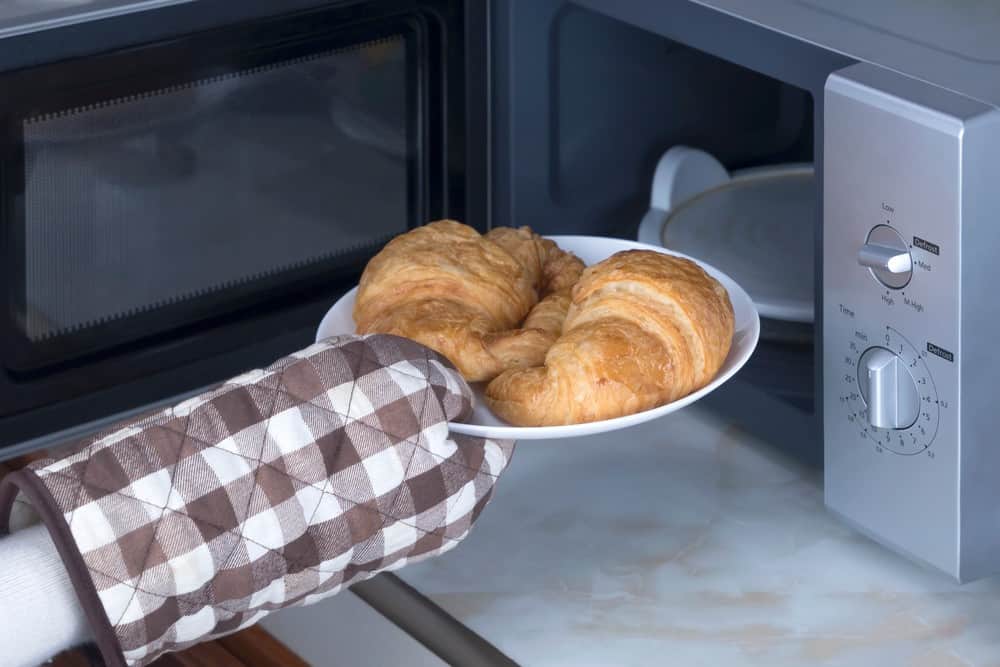
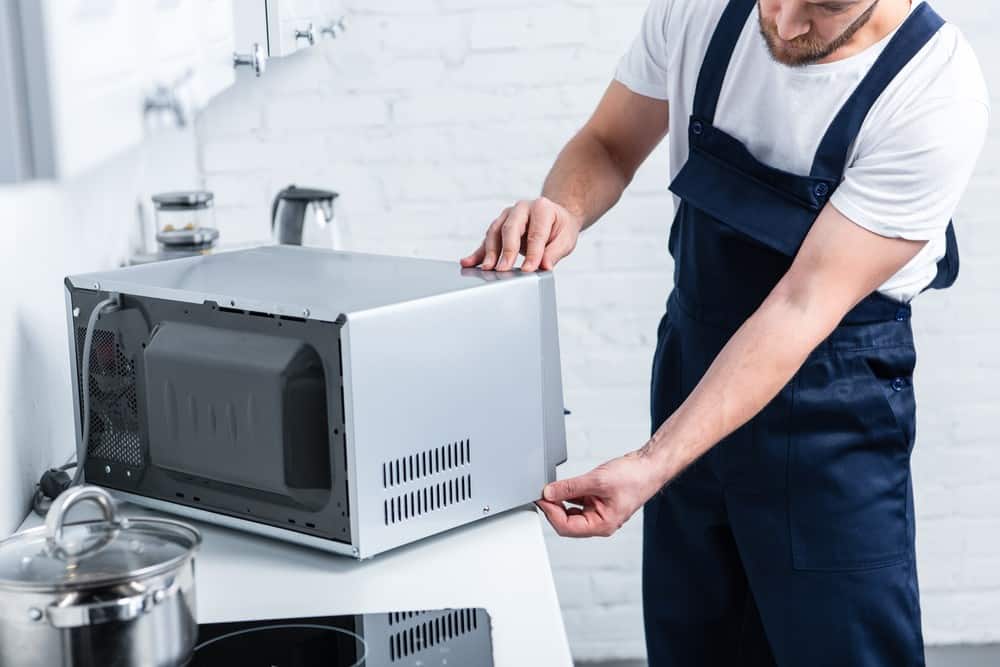
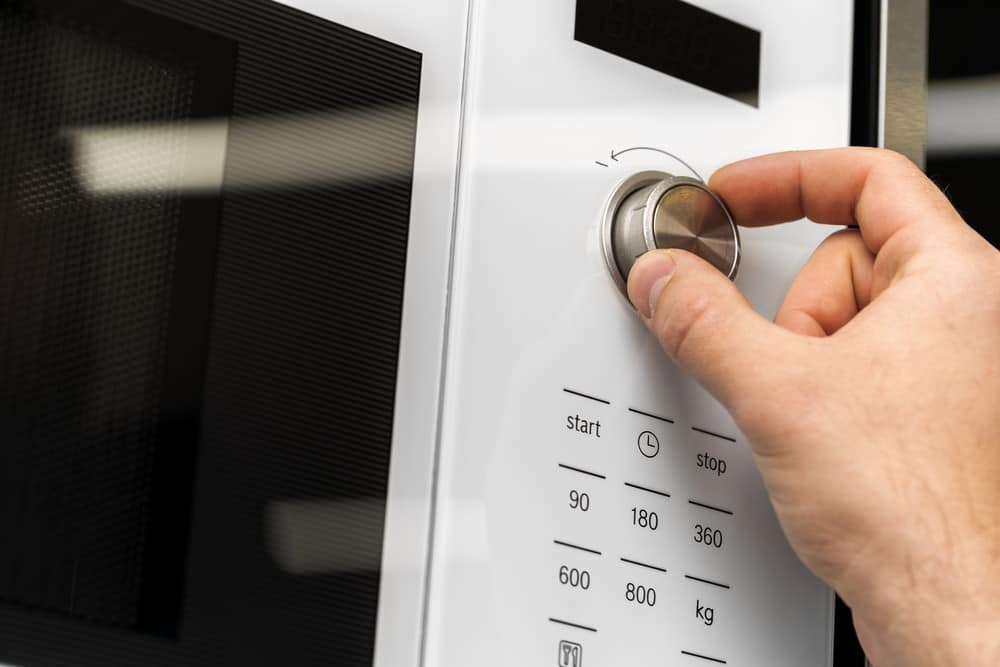
![Best Kitchen Appliances in [year] ([month] Reviews) 27 Best Kitchen Appliances in 2025 (December Reviews)](https://www.gadgetreview.dev/wp-content/uploads/best-kitchen-appliances.jpg)
![Best Whirlpool Microwaves in [year] 28 Best Whirlpool Microwaves in 2025](https://www.gadgetreview.dev/wp-content/uploads/best-whirlpool-microwaves-image.jpg)
![Best Microwave Drawers in [year] 29 Best Microwave Drawers in 2025](https://www.gadgetreview.dev/wp-content/uploads/best-microwave-drawer-image.jpg)
![Best Quiet Microwaves in [year] 30 Best Quiet Microwaves in 2025](https://www.gadgetreview.dev/wp-content/uploads/best-quiet-microwave-image.jpg)
![Best LG Microwaves in [year] 31 Best LG Microwaves in 2025](https://www.gadgetreview.dev/wp-content/uploads/best-lg-microwaves-image.jpg)
![Best Microwaves in [year] ([month] Reviews) 32 Best Microwaves in 2025 (December Reviews)](https://www.gadgetreview.dev/wp-content/uploads/best-microwaves-image.jpg)
![Best Over the Range Convection Microwaves in [year] 33 Best Over the Range Convection Microwaves in 2025](https://www.gadgetreview.dev/wp-content/uploads/best-over-the-range-convection-microwave-image.jpg)
![Best Retro Microwaves in [year] 34 Best Retro Microwaves in 2025](https://www.gadgetreview.dev/wp-content/uploads/best-retro-microwave-image.jpg)
![Best GE Microwaves in [year] 35 Best GE Microwaves in 2025](https://www.gadgetreview.dev/wp-content/uploads/best-ge-microwaves-image..jpg)
![10 Best Samsung Microwaves in [year] 36 10 Best Samsung Microwaves in 2025](https://www.gadgetreview.dev/wp-content/uploads/best-samsung-microwaves-image.jpg)
![10 Best Microwaves for Seniors in [year] 37 10 Best Microwaves for Seniors in 2025](https://www.gadgetreview.dev/wp-content/uploads/best-microwaves-seniors-image.jpg)
![10 Best Microwave Toaster Oven Combo in [year] 38 10 Best Microwave Toaster Oven Combo in 2025](https://www.gadgetreview.dev/wp-content/uploads/best-microwave-toaster-oven-combo-scaled-1.jpg)
![10 Best Panasonic Microwaves in [year] 39 10 Best Panasonic Microwaves in 2025](https://www.gadgetreview.dev/wp-content/uploads/best-panasonic-microwaves.jpg)
![10 Best Microwaves for College Dorms in [year] 40 10 Best Microwaves for College Dorms in 2025](https://www.gadgetreview.dev/wp-content/uploads/best-microwaves-for-college-dorms.jpg)
![10 Best Compact Microwaves in [year] 41 10 Best Compact Microwaves in 2025](https://www.gadgetreview.dev/wp-content/uploads/best-compact-microwave-image.jpg)
![10 Best Convection Microwave Ovens in [year] 42 10 Best Convection Microwave Ovens in 2025](https://www.gadgetreview.dev/wp-content/uploads/best-convection-microwave-oven-image.jpg)
![10 Best Built In Microwaves in [year] 43 10 Best Built In Microwaves in 2025](https://www.gadgetreview.dev/wp-content/uploads/best-built-in-microwave-image.jpg)
